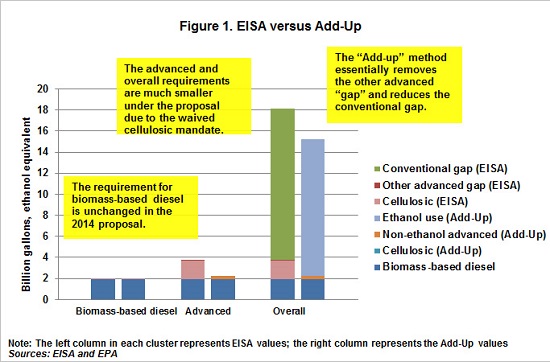 The recently proposed Obama administration Fiscal Year 2015 Budget includes $4 billion a year in cuts to oil industry subsidies, notes Americans United for Change (AUFC), which calls that “a big win for taxpayers and consumers.”
The recently proposed Obama administration Fiscal Year 2015 Budget includes $4 billion a year in cuts to oil industry subsidies, notes Americans United for Change (AUFC), which calls that “a big win for taxpayers and consumers.”
Under the Department of Energy section, the budget calls for elimination of “Unnecessary Fossil Fuel Subsidies” stating that as “the Nation continues to pursue clean energy technologies that will support future economic growth, it should not devote scarce resources to subsidizing the use of fossil fuels produced by some of the largest, most profitable companies in the world.” The proposed budget would repeal “over $4 billion per year in tax subsidies to oil, gas, and other fossil fuel producers.”
 “We are elated that the President has renewed his commitment to doing away with billions of dollars in pointless subsidies for big oil that shortchange investment in cleaner burning, cheaper renewable fuels of the future,” says AUFC executive director Caren Benjamin, adding however that the EPA proposal to cut the Renewable Fuel Standard (RFS) at the same time is inconsistent. “It’s a proposal that runs totally counter to the President’s strategy to address climate change by supporting clean energy — because a weak RFS means less incentive for innovation in cleaner burning, next generation renewable fuels and guarantees a greater use of dirty fossil fuels.”
“We are elated that the President has renewed his commitment to doing away with billions of dollars in pointless subsidies for big oil that shortchange investment in cleaner burning, cheaper renewable fuels of the future,” says AUFC executive director Caren Benjamin, adding however that the EPA proposal to cut the Renewable Fuel Standard (RFS) at the same time is inconsistent. “It’s a proposal that runs totally counter to the President’s strategy to address climate change by supporting clean energy — because a weak RFS means less incentive for innovation in cleaner burning, next generation renewable fuels and guarantees a greater use of dirty fossil fuels.”
AUFC also points out that there seems to be some bipartisan consensus building in Congress against special tax treatment for the oil industry. The draft tax reform proposal circulated by Republican House Ways and Means Committee Chairman Dave Camp (R-MI), for example, would eliminate some of the accounting tactics that allow oil companies to report lower net profits and pay less taxes.
AUFC encourages House Budget Committee Chairman Paul Ryan to follow that lead and hold a hearing on “why an industry that made $100 billion in profits last year can’t do without billions of dollars in subsidies every year courtesy of the taxpayers.”










